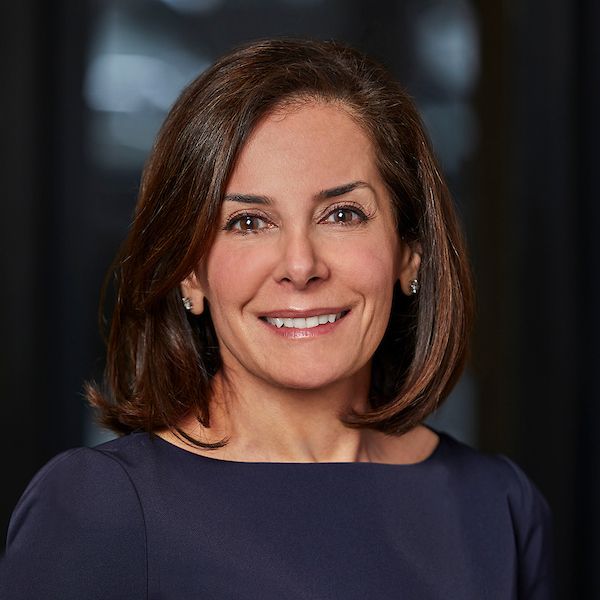Opportunities in fixed income
Alternative strategies
How we serve healthcare and hospital systems
BlackRock takes a collaborative approach with each client, fully committed to helping solve their unique investing challenges:
- Whole portfolio solutions and OCIO services
- Cash and liquidity solutions
- Strategic investing of balance sheet assets
- Pension strategy and solutions
- Innovative retirement solutions
- Insurance investing expertise
- Proactive risk management

Innovating and evolving for a new era in healthcare
Investing strategies for healthcare and hospital systems
With access to BlackRock’s extensive suite of investment strategies across asset classes, our dedicated healthcare team creates a tailored client experience built to address each client's unique objectives.
Fixed income
Healthcare investors aiming for a reliable income stream and lower risk compared to other asset classes are integrating more diversified fixed income strategies within their portfolios.
With Rick Rieder as BlackRock’s Chief Investment Officer of Global Fixed Income, BlackRock helps healthcare and hospital systems navigate the entire fixed income spectrum - from active & index, public to private, fundamental & systematic - to help deliver better outcomes, convenience, value and transparency for our clients.
Spotlight strategies for healthcare investors
Unconstrained
Liability-Driven Investing (LDI)
Short Duration
Cash and liquidity solutions
Healthcare systems require robust cash and liquidity solutions that address immediate operating expense and long-term financial commitments, such as capital expenditures and unexpected liquidity events. Balancing these needs with an eye for enhancing yields can offer a framework that fosters resilience, while carefully mitigating risk.
BlackRock offers custom investment strategies and vehicles such as money market accounts (MMAs), short duration strategies, ETFs and separately managed accounts (SMAs) to deliver on client’s individual liquidity needs.
Outsourced Chief Investment Officer (OCIO)
BlackRock’s OCIO team aligns the firm’s investment expertise, robust research platform and advanced technology to help healthcare clients achieve their investment goals.
The pandemic underscored the importance of healthcare and hospital systems to our communities, but at the same time significantly disrupted their operating models. Our continued partnership with healthcare providers allows us to understand their liquidity needs and manage costs.
BlackRock’s OCIO services for healthcare help providers across their varied asset pools:
- Develop an investment playbook that includes liquidity needs and risk profiles
- Improve investments returns during a time of rising operating and labor costs
- Make strategic investments across public and alternative markets
Dedicated CIO model
Broad investment toolkit
Daily monitoring
Cost-effective partnership
Diversified alternatives
As healthcare investors look to expand beyond traditional allocations in search of alpha generation, such as stable cash flows and uncorrelated income streams, alternative strategies are playing an increasingly critical role in their portfolios.
At BlackRock we believe that the need for an approach to alternative investing that is scalable, disciplined, integrated, technology-enabled and transparent has never been greater. BlackRock's alternatives platform is designed to deliver healthcare and hospital systems outperformance across a range of investment solutions such as private credit, private equity, infrastructure and hedge funds.
Spotlight strategies for healthcare investors
Private credit
Private equity
Infrastructure
Equities
Healthcare and hospital systems seeking resilient long-term capital appreciation and/or a hedge against inflation often look for investment opportunities across BlackRock’s extensive equity platform.
Our fundamental and systematic equity strategies offer healthcare investors curated access to global markets as well as key investment insights. BlackRock’s equity investors and researchers combine company-specific research, innovative proprietary modeling and industry analysis to provide clients with insights that aim to deliver consistent, differentiated outperformance.
Fundamental
Systematic
Index
Index investing
For over 50 years, we have developed a wide array of index strategies across sectors, qualities and geographic regions to meet client needs. We partner with healthcare clients to deliver customized beta exposures and invest in technology, such as Aladdin, to continually enhance and improve our index replication process.
Employing index investing strategies in institutional portfolios can help achieve a variety of goals including reducing portfolio volatility, creating liquidity sleeves and reducing plan investment costs. Index exposure is available to institutional investors through separate accounts, pooled funds and exchange-traded funds (ETFs).





